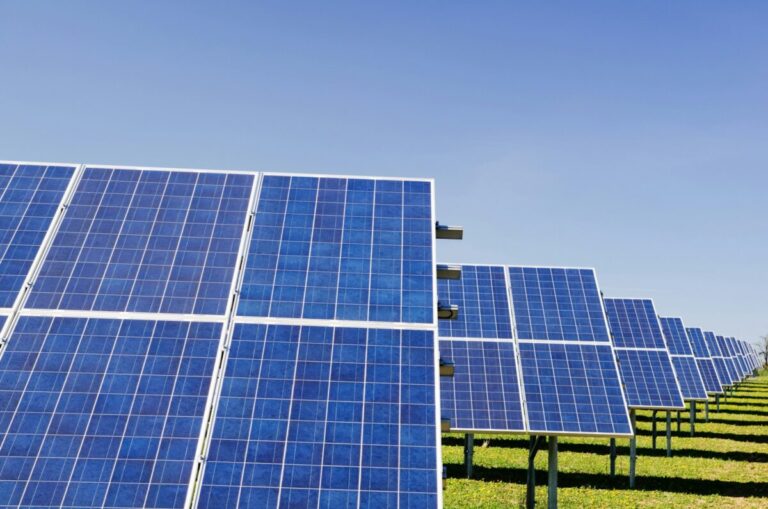The latest report from the International Energy Agency (IEA) warns that failure to support integration at the time of implementation could jeopardize up to 15% of solar and wind projects by 2030. This shortfall would reduce their combined share of the global electricity mix by 5%.
Strategic government action, improved infrastructure and regulatory action are needed to ensure the successful integration of newly deployed solar and wind energy, according to a new study. report by the IEA.
It said new solar and wind energy must be properly integrated into energy systems at the time they are deployed to avoid losing significant benefits. It warns that failure to do so could result in solar and wind power generation being 15% lower than forecast by 2030, cutting their share of the global electricity mix by 5% and reducing it to one to 20 % smaller reduction in CO2 emissions in the world. the energy sector.
“If integration measures are not implemented in accordance with a scenario aligned with national climate targets, up to 2,000 TWh of global renewable energy generation would be at risk by 2030,” the IEA said, equating this to the combined production of China and the United States in 2023.
“The world has seen a remarkable increase in solar and wind energy capacity as countries look to strengthen their energy security and reduce emissions,” said Keisuke Sadamori, IEA Director of Energy Markets. “But they will not reap the full benefits without stronger efforts to support the integration of these technologies into energy systems,”
The report provides a global inventory of measures for the integration of variable renewable energy, covering 50 energy systems accounting for almost 90% of global solar and wind energy generation.
It said government support should be strategic and provide guidance to countries at different stages of deploying renewable energy sources. In low-integration areas, including emerging markets such as India and Brazil, the report states that most integration challenges can be addressed through adjustments to existing assets or operational improvements that increase flexibility.
“These measures include optimizing dispatch processes and improved forecasting, demanding higher flexibility and system services from both conventional and renewable power plants, enabling industrial demand response and improving network infrastructure,” the IEA said.
For systems in areas with a higher percentage of renewables in the energy mix, such as Denmark, Ireland and Spain, the report states that the key to successfully addressing integration challenges lies in policy and regulation.
“Essential elements include modernizing system management practices, improved strategic planning and reviewing regulatory frameworks,” the IEA said. “Market design must also evolve to accommodate the unique characteristics of solar and wind-dominated networks, new technologies and the new role of conventional generation as a provider of essential system services rather than energy.”
The IEA predicted that new integration challenges will emerge as the growth of renewable energy sources continues and accelerates. These challenges include addressing seasonal variability, ensuring the profitability of new investments amid increasing price volatility, and appropriately compensating for assets that provide flexibility.
“Solving these challenges will require continued innovation, collaboration and commitment from policymakers, technology leaders and researchers around the world,” the organization said.
In February, the IEA Photovoltaic Power Systems Program (IEA-PVPS) released a report on how Optimize the integration of the PV grid.
This content is copyrighted and may not be reused. If you would like to collaborate with us and reuse some of our content, please contact: editors@pv-magazine.com.


